Which of the following compounds is optically active ?
CH3CHOHCOOH
CH3CH2COOH
HOOCCH2COOH
CH3COCOOH
The correct Answer is:A
To determine which of the given compounds is optically active, we need to identify if any of them contain a chiral carbon. A chiral carbon is defined as a carbon atom that is bonded to four different groups or atoms.
Let's analyze each compound step by step:
Step 1: Analyze Compound A (CH3-CHOH-COOH)
- The first carbon (CH3) is bonded to three hydrogen atoms, which means it is not chiral.
- The second carbon (CHOH) is bonded to:
- A hydroxyl group (OH)
- A carboxyl group (COOH)
- A methyl group (CH3)
- A hydrogen atom (H)
Since this carbon is bonded to four different groups, it is a chiral carbon. Therefore, Compound A is optically active.
Step 2: Analyze Compound B (CH3-CH2-COOH)
- The first carbon (CH3) is bonded to three hydrogen atoms, which means it is not chiral.
- The second carbon (CH2) is bonded to:
- Two hydrogen atoms (H)
- A carboxyl group (COOH)
Since this carbon is bonded to two identical hydrogen atoms, it is not chiral. Therefore, Compound B is not optically active.
Step 3: Analyze Compound C (COOH-CH2-COOH)
- The first carbon (COOH) is bonded to:
- A hydroxyl group (OH)
- Two hydrogen atoms (H)
This carbon is not chiral because it does not have four different groups.
- The second carbon (CH2) is bonded to:
- Two hydrogen atoms (H)
- A carboxyl group (COOH)
This carbon is also not chiral because it has two identical hydrogen atoms. Therefore, Compound C is not optically active.
Step 4: Analyze Compound D (CH3-COOH)
- The first carbon (CH3) is bonded to three hydrogen atoms, which means it is not chiral.
- The second carbon (COOH) is bonded to:
- A hydroxyl group (OH)
- A carbon atom (C)
This carbon does not have four different groups. Therefore, Compound D is not optically active.
Conclusion:
The only compound that is optically active is Compound A (CH3-CHOH-COOH), as it contains one chiral carbon.
---
- The first carbon (CH3) is bonded to three hydrogen atoms, which means it is not chiral.
- The second carbon (CHOH) is bonded to:
- A hydroxyl group (OH)
- A carboxyl group (COOH)
- A methyl group (CH3)
- A hydrogen atom (H)
Since this carbon is bonded to four different groups, it is a chiral carbon. Therefore, Compound A is optically active.
- The first carbon (CH3) is bonded to three hydrogen atoms, which means it is not chiral.
- The second carbon (CH2) is bonded to:
- Two hydrogen atoms (H)
- A carboxyl group (COOH)
Since this carbon is bonded to two identical hydrogen atoms, it is not chiral. Therefore, Compound B is not optically active.
- The first carbon (COOH) is bonded to:
- A hydroxyl group (OH)
- Two hydrogen atoms (H)
This carbon is not chiral because it does not have four different groups.
- The second carbon (CH2) is bonded to:
- Two hydrogen atoms (H)
- A carboxyl group (COOH)
This carbon is also not chiral because it has two identical hydrogen atoms. Therefore, Compound C is not optically active.
- The first carbon (CH3) is bonded to three hydrogen atoms, which means it is not chiral.
- The second carbon (COOH) is bonded to:
- A hydroxyl group (OH)
- A carbon atom (C)
This carbon does not have four different groups. Therefore, Compound D is not optically active.
The only compound that is optically active is Compound A (CH3-CHOH-COOH), as it contains one chiral carbon.
Topper's Solved these Questions
- BOOK - TARGET PUBLICATIONCHAPTER - ALCOHOLS, PHENOLS AND ETHERS EXERCISE - COMPETITIVE THINKING88videos
ALCOHOLS, PHENOLS AND ETHERS
- BOOK - TARGET PUBLICATIONCHAPTER - ALCOHOLS, PHENOLS AND ETHERS EXERCISE - EVALUATION TEST21videos
ALCOHOLS, PHENOLS AND ETHERS
- BOOK - TARGET PUBLICATIONCHAPTER - ALCOHOLS, PHENOLS AND ETHERS EXERCISE - EVALUATION TEST21videos
ALCOHOLS, PHENOLS AND ETHERS
- BOOK - TARGET PUBLICATIONCHAPTER - ALDEHYDES, KETONES AND CARBOXYLIC ACIDSEXERCISE - EVALUATION TEST19videos
ALDEHYDES, KETONES AND CARBOXYLIC ACIDS
Similar Questions
Knowledge Check
- Question 1 - Select One
Which of the following compound is optically active
AC2H5−OHB(CH3)2CHCH3−ClCCH3−CHClC2H5DCCl2F2 - Question 2 - Select One
Which of the following compound is optically active
A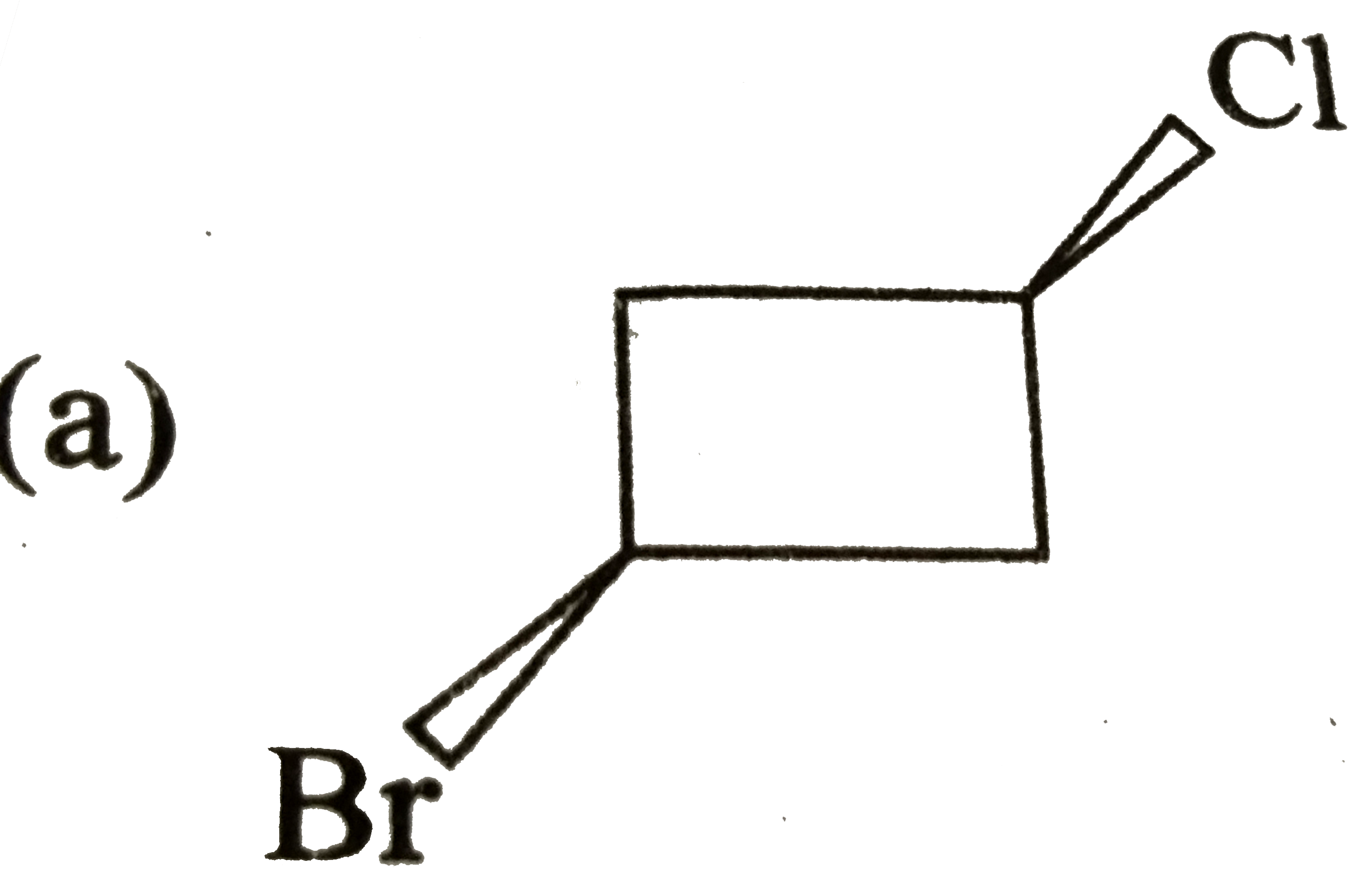 B
B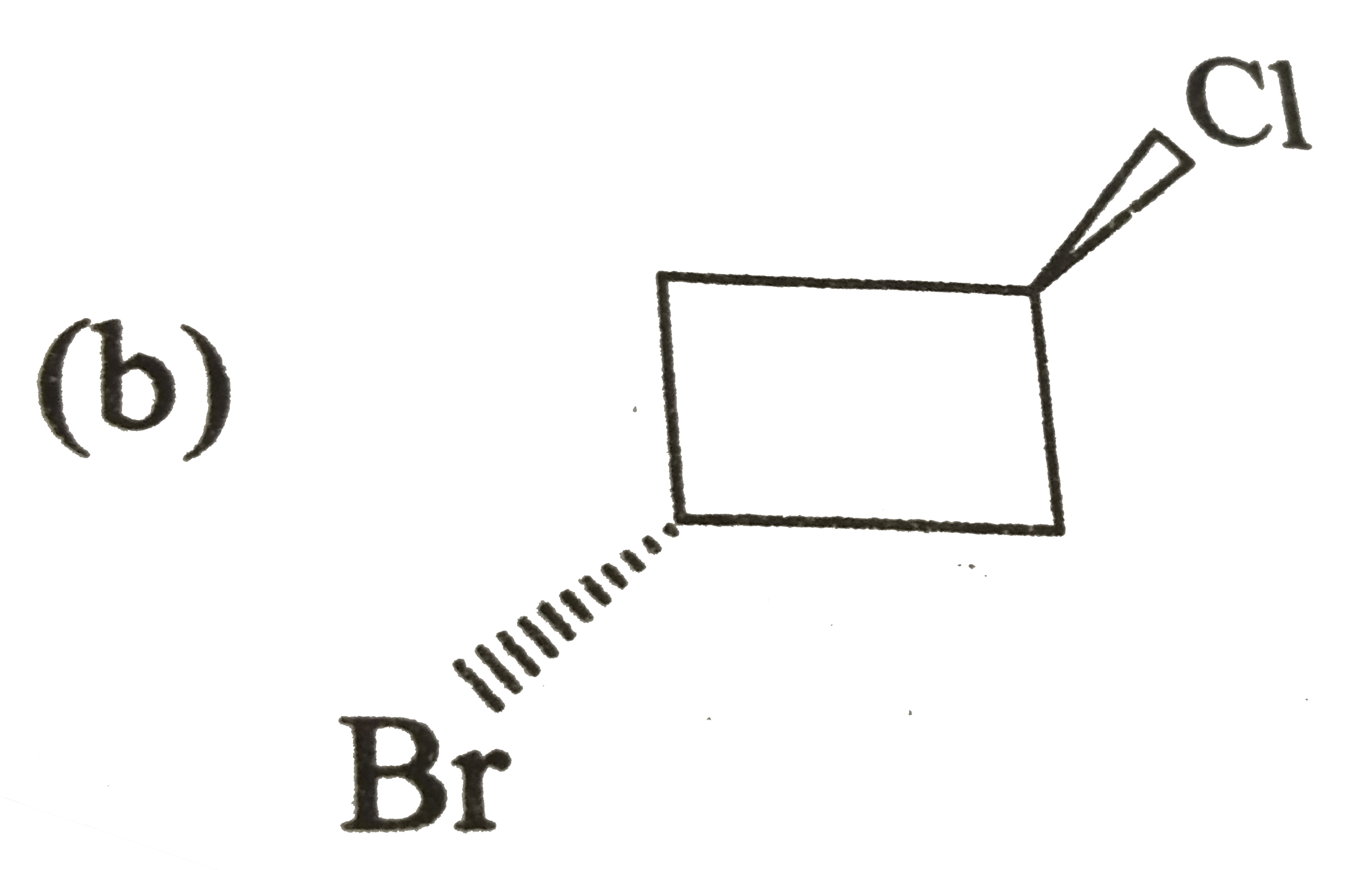 C
C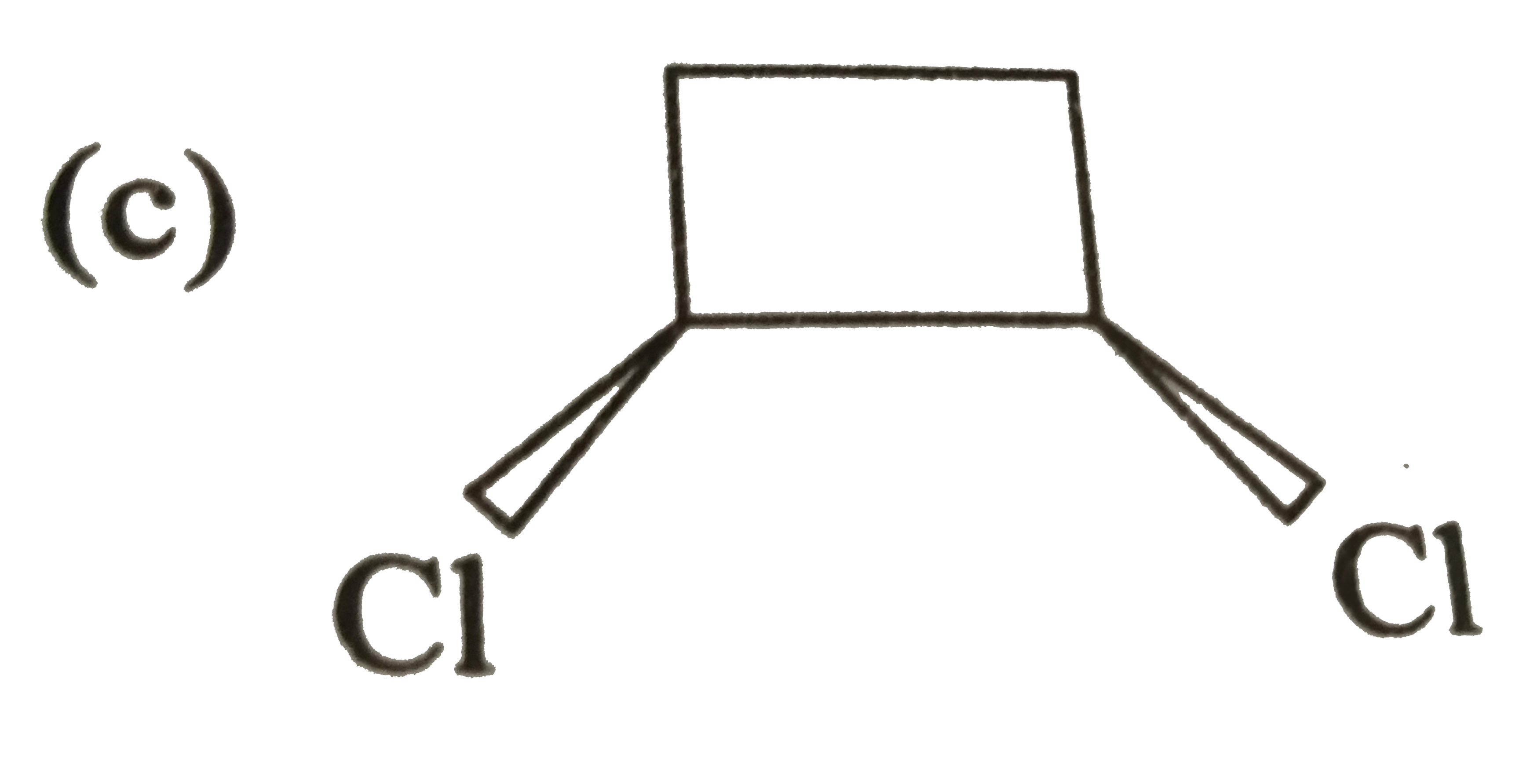 D
D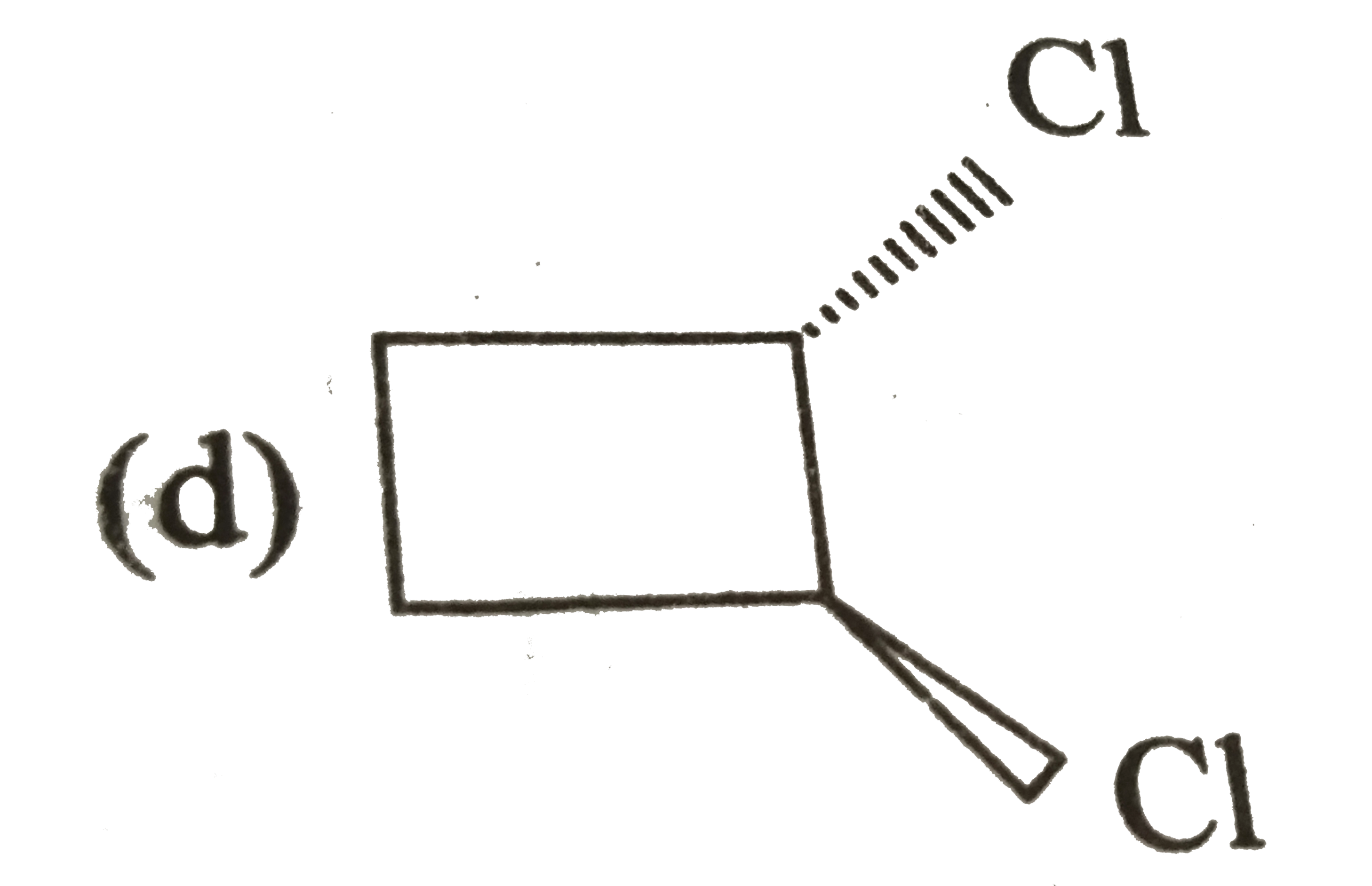
- Question 3 - Select One
Which of the following compound s is optically active ?
A1-butanolBEthanolC2-butanolDlsopropyl alcohol
Which of the following compound is not optically active?
View SolutionWhich of the following compound is not optically active?
View SolutionA line which bisects a compound in two equal parts and both parts appear to be the mirror image of each other, such kind of symmetry is known as plane of symmetry
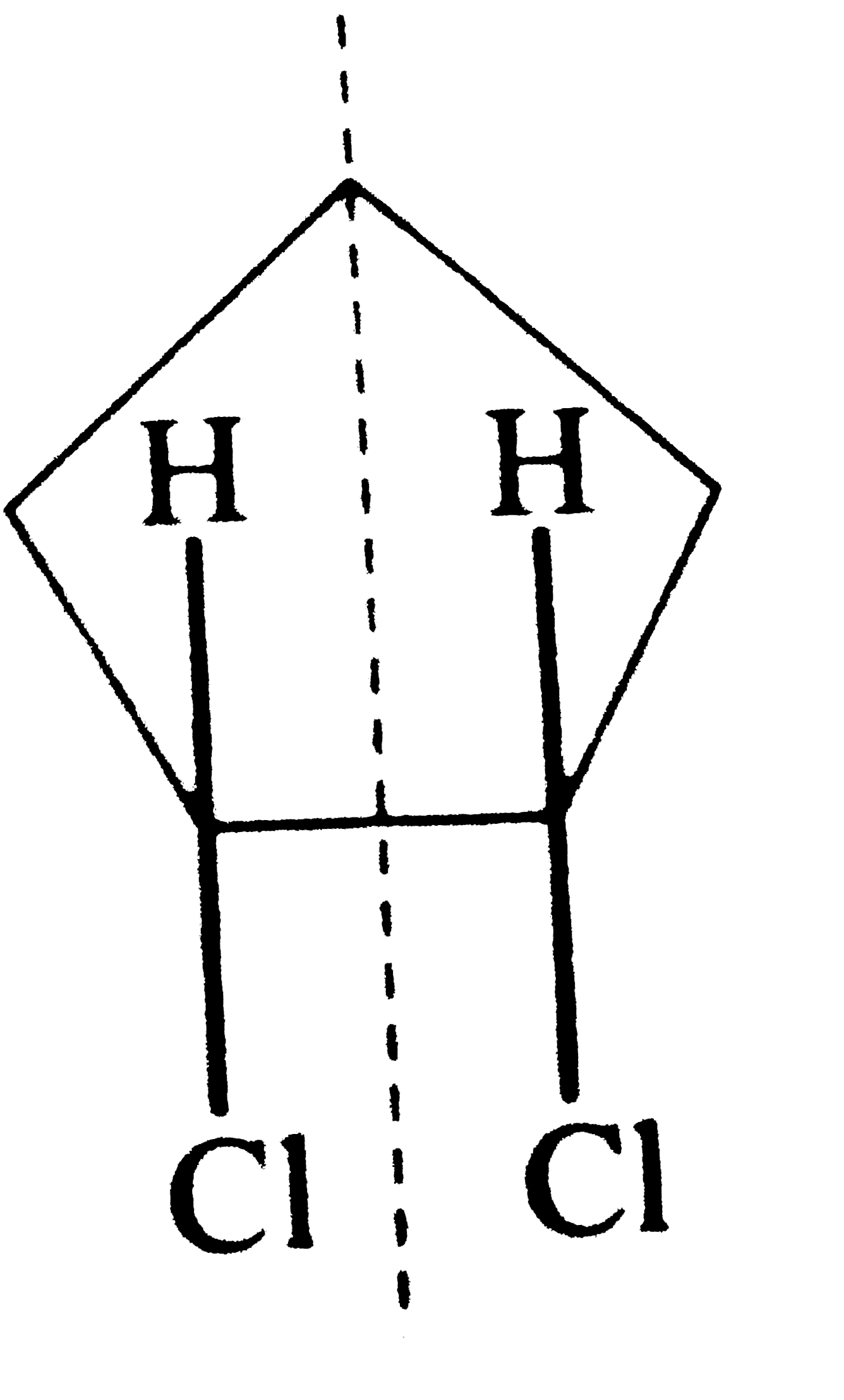
Any molecule that has a internald mirror palne of symmetry cannot be chiral, even thought it may contain asymmetric carbon atoms.
Which of the following compound optically active?View SolutionWhich of the following compounds will be optically active ?
View SolutionWhich of the following compounds will be optically active?
View Solution

